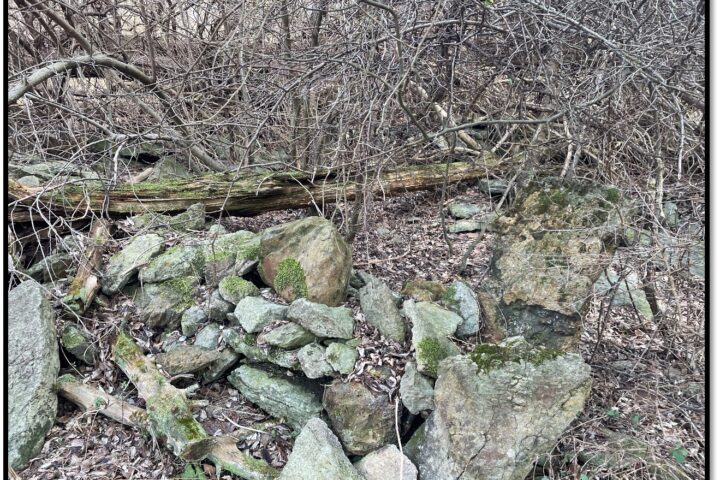
Is My Tree Dying?
by Ryan Reed
Many readers may be noticing what appears to be early leaf-drop on one or more of their deciduous trees. If your tree appeared healthy about a month ago and is now shedding leaves, chances are good that your tree will be fine.
Shedding of some leaves by deciduous trees is normal during the summer when the weather often becomes hot and dry. This phenomenon is the tree’s response to dryness, helping to curtail water loss through the leaves via transpiration (basically the plant equivalent of human perspiration). Although leaves are a tree’s asset for growth, they can also be a liability for water loss. 
The same leaf-shedding response applies before winter, a season notorious for also being dry. Of course, deciduous trees have already shed their leaves by then, but this adaptive behavior for water conservation applies. In the tropical dry forests of Asia, Africa, Central America, and South America, leaf-drop occurs at the start of the dry season and leaves grow anew during the monsoon season. It only makes sense to have leaves for growing when the ingredient needed for growing (water) is available.
When it comes to water conservation, shedding of leaves is not the only tactic that plants use for this purpose. In dry areas like the desert, leaves of trees and shrubs commonly have a waxy coating. Carnauba wax is a substance with countless applications in consumer products, and is derived from the carnauba palm, a tree found in the tropical dry forest of northern Brazil. The waxy appearance of leaves of a few Pennsylvania evergreens (great rhododendron, American holly, mountain laurel) is no coincidence, but rather an adaptation in common to seasonal dryness and xeric sites.

American holly
Other plant and tree adaptations to minimize water loss include leaf hairs that partially block wind and sunlight, smaller or thicker leaves, and guard cells, which close tiny leaf openings called stomata.
Regardless of the water-saving attributes our plants demonstrate, I’m just hoping for some rain to keep the leaves in the trees where they belong until fall.

Great rhododendron




